The Cold War Explained- From the Berlin Airlift to the Fall of the Wall

The Cold War Explained: From the Berlin Airlift to the Fall of the Wall
The Cold War was not a single battle or a traditional war. It was a global contest of ideas, politics, and power that shaped the second half of the twentieth century. Lasting from the end of World War II until the early 1990s, it pitted the United States and its allies against the Soviet Union and its sphere of influence. At its heart, the Cold War was a struggle between democracy and communism, freedom and authoritarianism, capitalism and state control. Yet it was also a very human story of fear, innovation, and resilience. From the daring Berlin Airlift to the dramatic fall of the Berlin Wall, the Cold War offers a fascinating look at how history is made both on the battlefield and in the hearts and minds of ordinary people.
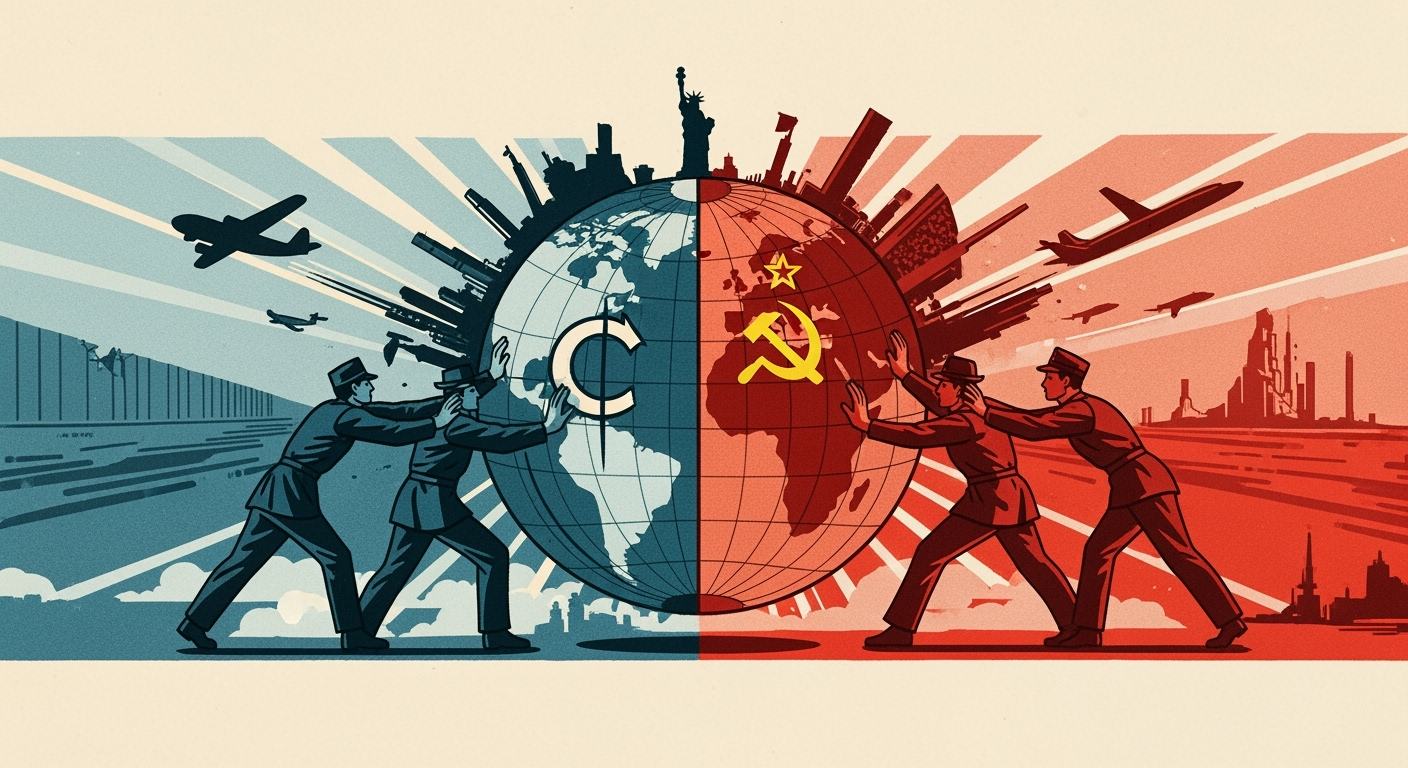
The Origins of the Cold War
When World War II ended in 1945, the alliance that had defeated Nazi Germany quickly unraveled. The United States and the Soviet Union emerged as global superpowers, but their visions for the postwar world could not have been more different. The United States championed democracy, free markets, and international cooperation. The Soviet Union, under Joseph Stalin, pursued a system of centralized control, communist ideology, and expansion of its influence across Eastern Europe.
This ideological divide hardened into physical borders. The Soviet Union installed communist governments across countries such as Poland, Czechoslovakia, Hungary, and East Germany. Winston Churchill famously described this separation as the "Iron Curtain," a metaphor for the division between East and West that defined the coming decades.
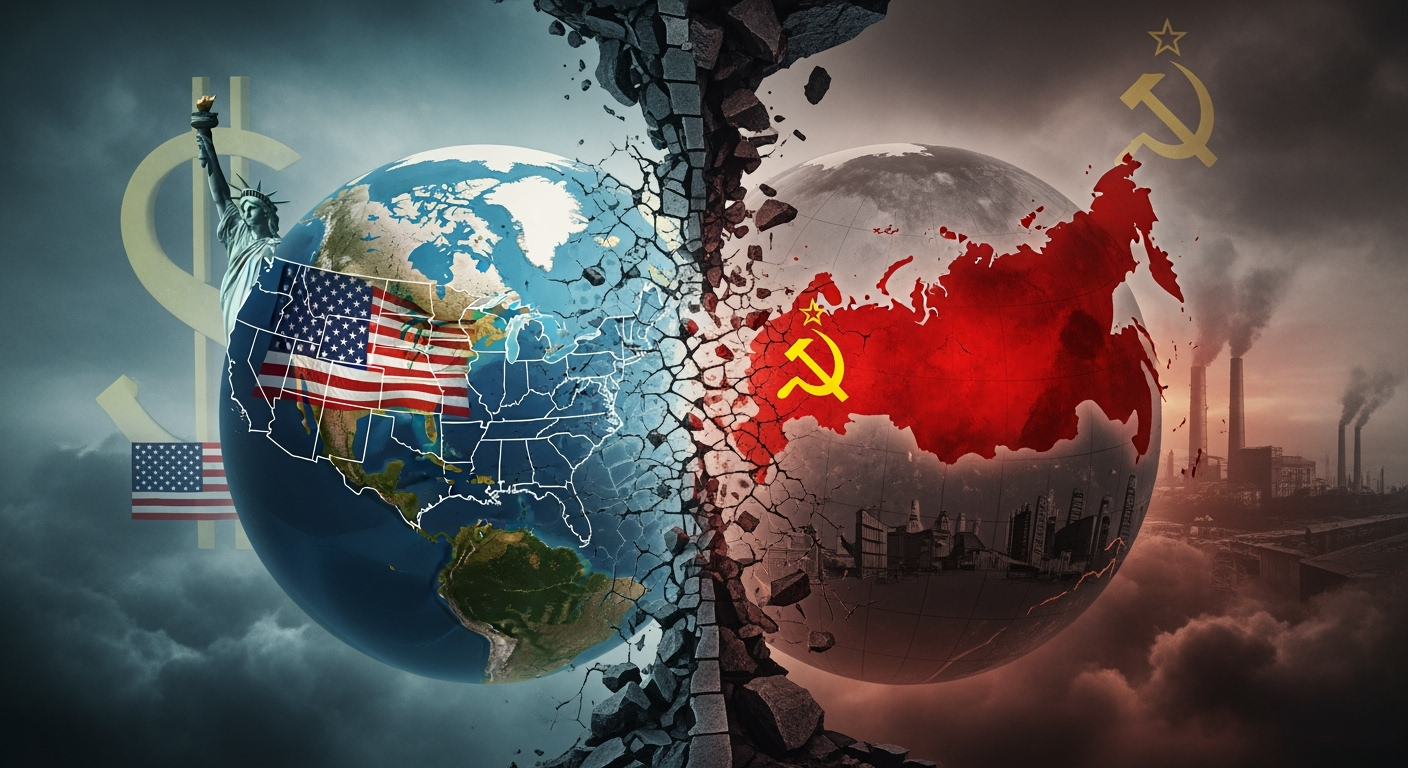
The Berlin Airlift: A Show of Resolve
One of the first major confrontations of the Cold War came in Berlin. The city, divided into four sectors controlled by the Allies, sat deep inside Soviet-controlled East Germany. In 1948, Stalin attempted to force the Western Allies out by cutting off all rail, road, and canal access to West Berlin.
In response, the United States and Britain launched the Berlin Airlift. For almost a year, planes flew around the clock, delivering food, coal, and medicine to more than two million residents of West Berlin. At its peak, planes landed every few minutes at Tempelhof Airport. The airlift not only kept the city alive but also demonstrated Western determination to resist Soviet pressure without triggering a full-scale war. In May 1949, Stalin lifted the blockade, and the airlift became a symbol of resilience and unity.
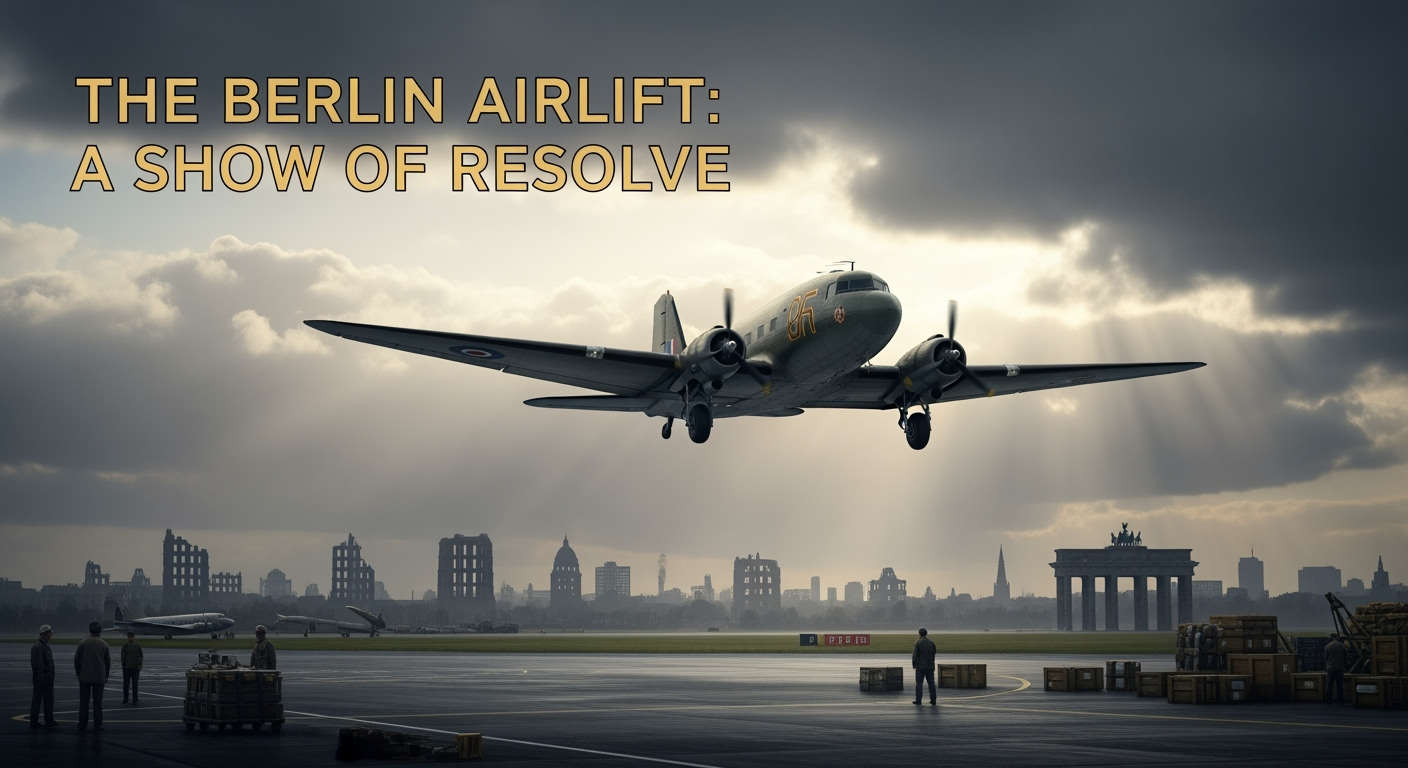
Nuclear Tensions and the Arms Race
The invention of the atomic bomb introduced a new and terrifying element to global politics. The United States had used nuclear weapons against Japan in 1945, and by 1949 the Soviet Union had its own bomb. A dangerous arms race followed, with each side stockpiling thousands of nuclear weapons.
The possibility of "mutually assured destruction," the idea that both nations could annihilate each other in the event of war, created a fragile balance. Tensions flared during crises such as the Korean War, the Cuban Missile Crisis, and the Vietnam War. Each confrontation reminded the world how close humanity was to disaster. Yet this nuclear standoff also prevented direct war between the two superpowers, forcing them to wage their conflict through proxy wars, espionage, and propaganda.
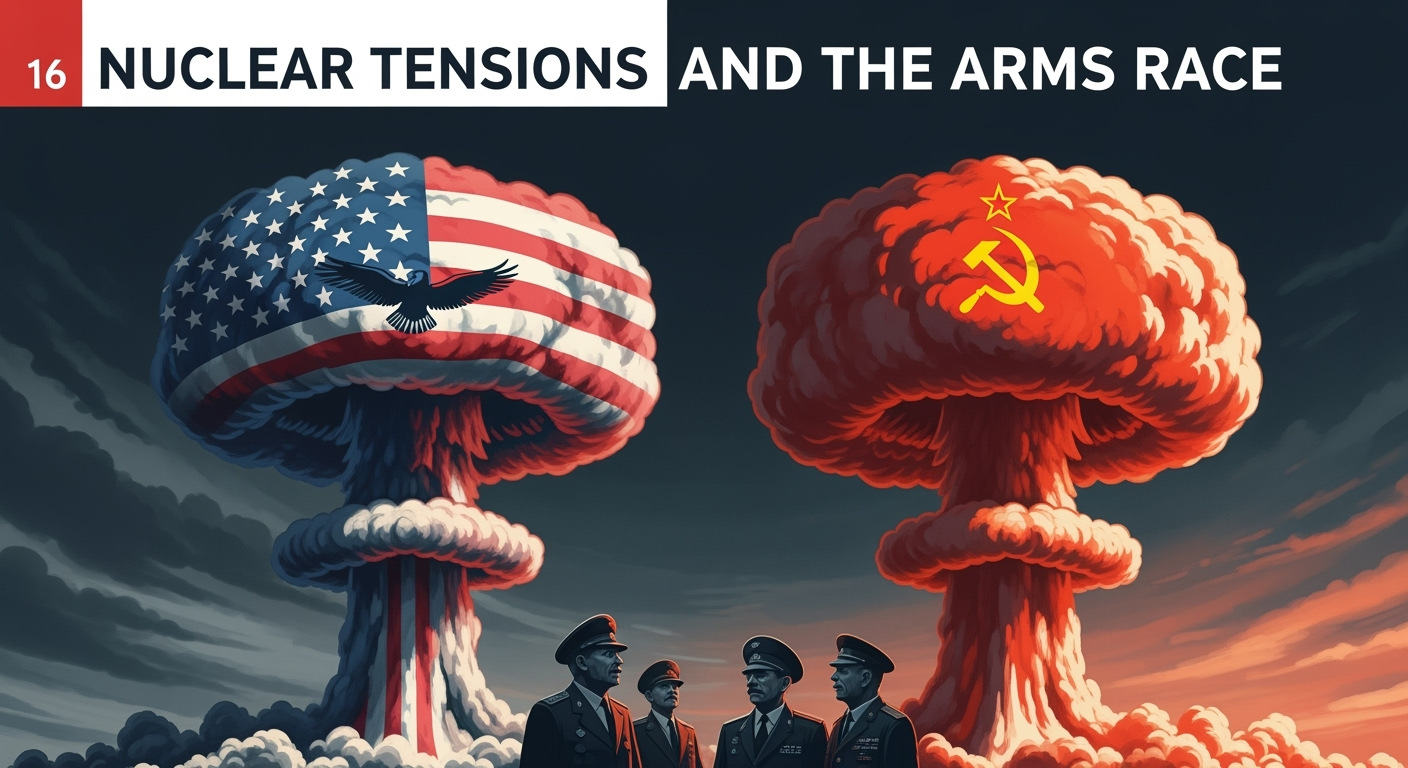
The Space Race
The Cold War was not fought only on Earth. In 1957, the Soviet Union launched Sputnik, the first artificial satellite, shocking the world and sparking fears that Moscow had gained a technological edge. The United States responded by investing heavily in science, education, and aerospace technology.
The rivalry escalated with milestones such as Yuri Gagarin becoming the first human in space in 1961 and President John F. Kennedy pledging to land an American on the moon by the end of the decade. In 1969, Neil Armstrong and Buzz Aldrin fulfilled that promise with the Apollo 11 mission. The Space Race demonstrated that the Cold War was as much about prestige and innovation as it was about military might.

Everyday Life Behind the Curtain
For people living under communism in Eastern Europe, life was marked by shortages, censorship, and surveillance. Governments tightly controlled what citizens could read, say, or even think. Secret police monitored dissent, and those who opposed the regime risked imprisonment. Yet despite repression, underground movements, music, art, and literature kept the spirit of freedom alive.
In the West, the Cold War shaped daily life in different ways. American children practiced "duck and cover" drills in case of nuclear attack. Families built fallout shelters in their backyards. Popular culture reflected Cold War anxieties through films, novels, and television shows that often portrayed spies, double agents, and futuristic battles. The Cold War was everywhere, from classrooms to comic books.
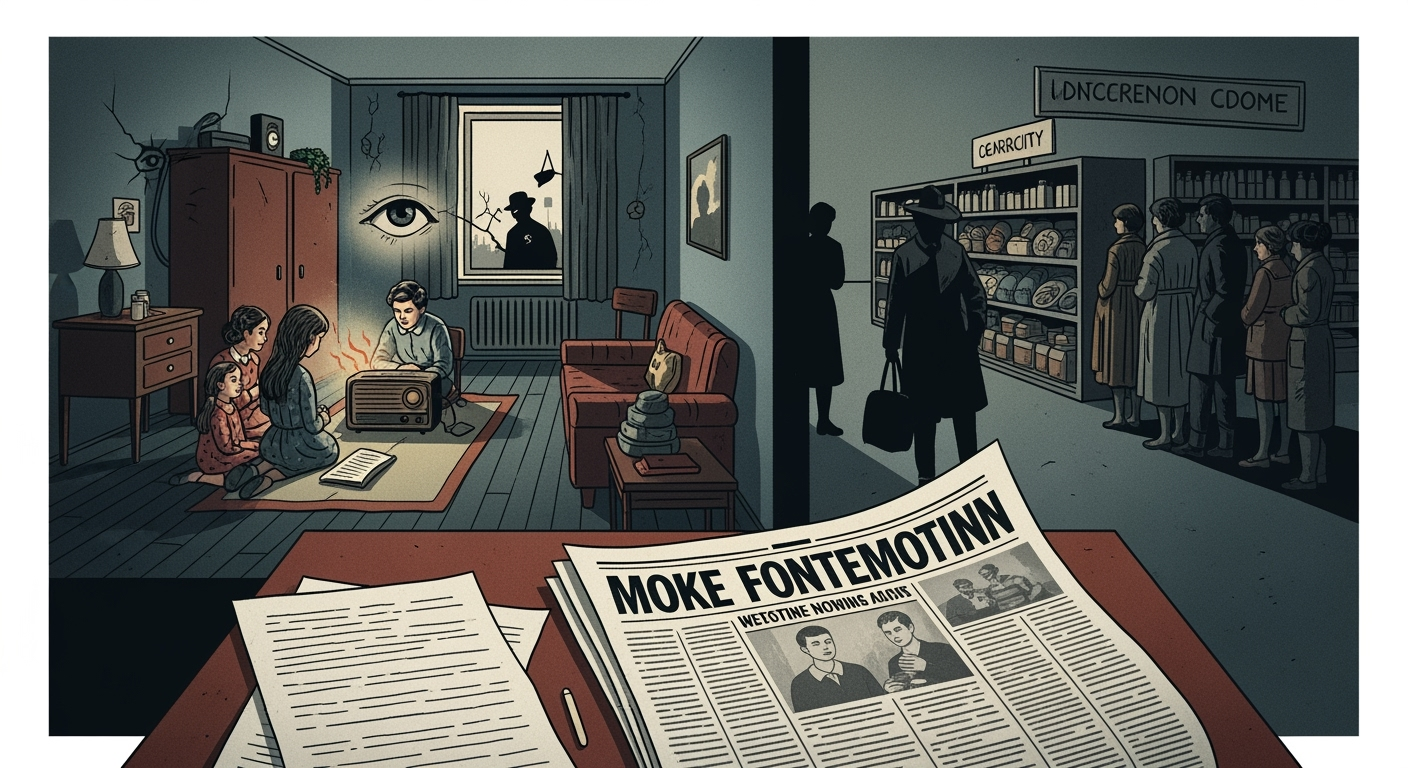
D é tente and Renewed Tensions
By the 1970s, both sides recognized the need to reduce tensions. A period of "détente" saw arms control agreements such as the Strategic Arms Limitation Talks (SALT) and greater cultural exchanges. Leaders like Richard Nixon and Leonid Brezhnev sought to avoid direct confrontation while maintaining their ideological rivalry.
However, détente did not last. The Soviet invasion of Afghanistan in 1979 reignited hostilities. The United States responded with boycotts, renewed arms buildup, and support for anti-Soviet fighters. Under President Ronald Reagan, American rhetoric hardened, and he famously described the Soviet Union as the "evil empire." The arms race surged again, but cracks were beginning to form in the Soviet system.
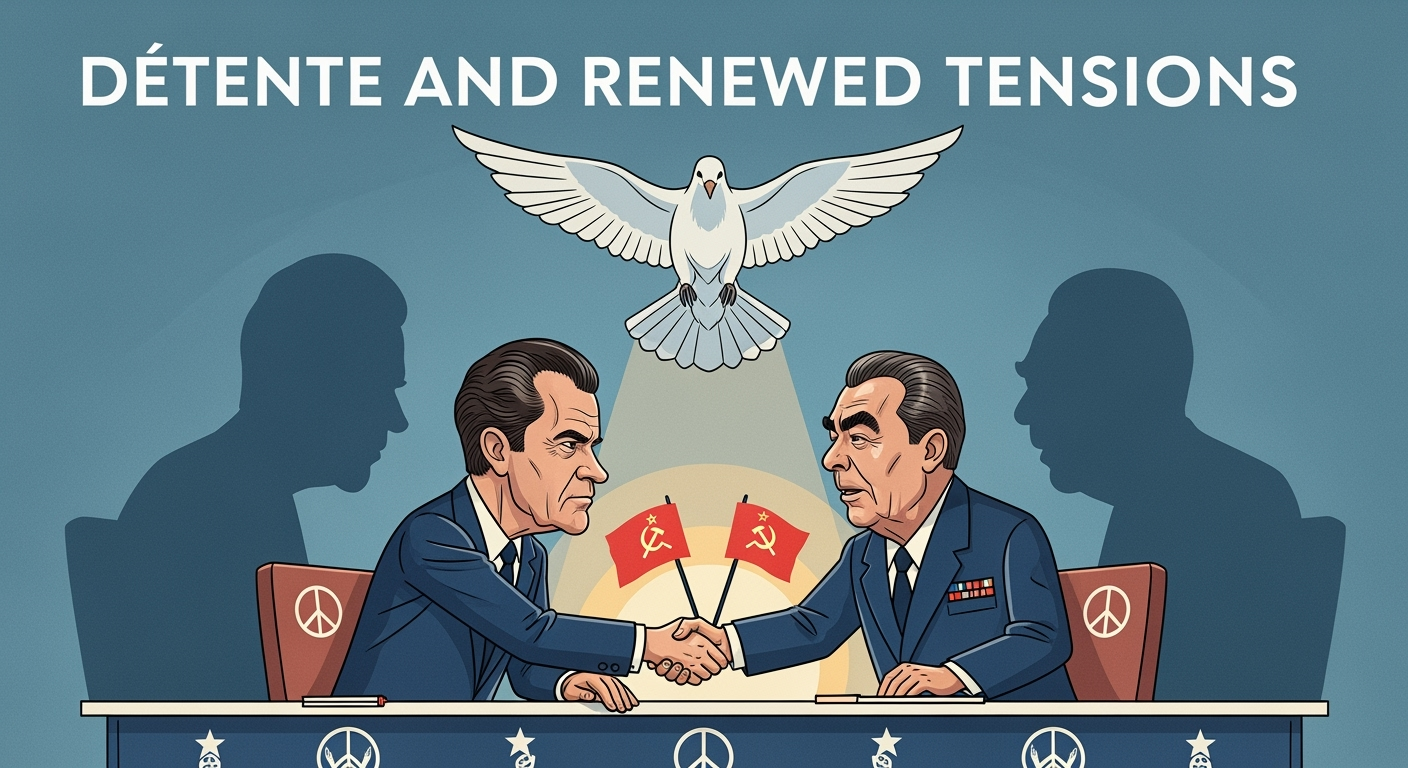
The Rise of Solidarity and Eastern European Resistance
In Poland, the Solidarity labor movement emerged in 1980 as a powerful voice against communist rule. Led by Lech Wałęsa, Solidarity demanded political reform, workers' rights, and greater freedoms. Despite government crackdowns, the movement survived underground and became a beacon of hope for other Eastern European nations.
Across the Soviet bloc, ordinary people began to push back against authoritarian rule. Dissidents like Václav Havel in Czechoslovakia and Andrei Sakharov in the Soviet Union challenged the regime through writing and protest. These acts of courage chipped away at the legitimacy of communist governments.
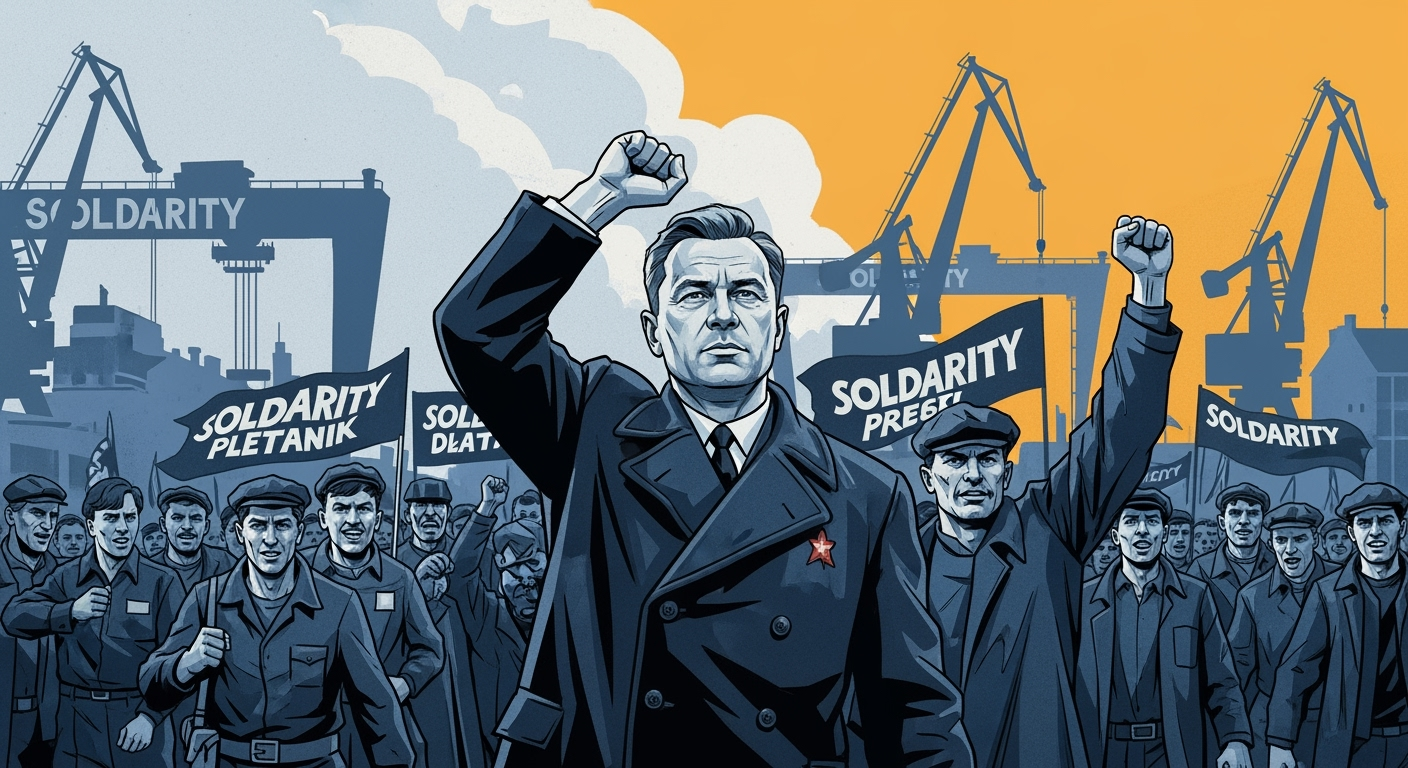
Gorbachev and the Winds of Change
When Mikhail Gorbachev came to power in 1985, the Soviet Union was facing economic stagnation, political paralysis, and mounting pressure from the West. Gorbachev introduced reforms known as "glasnost" (openness) and "perestroika" (restructuring). These policies loosened censorship, encouraged limited market reforms, and gave citizens more freedom to speak out.
While intended to strengthen the Soviet Union, these reforms instead unleashed forces that could not be controlled. Eastern European nations saw an opportunity to demand change, and protests spread across the region.
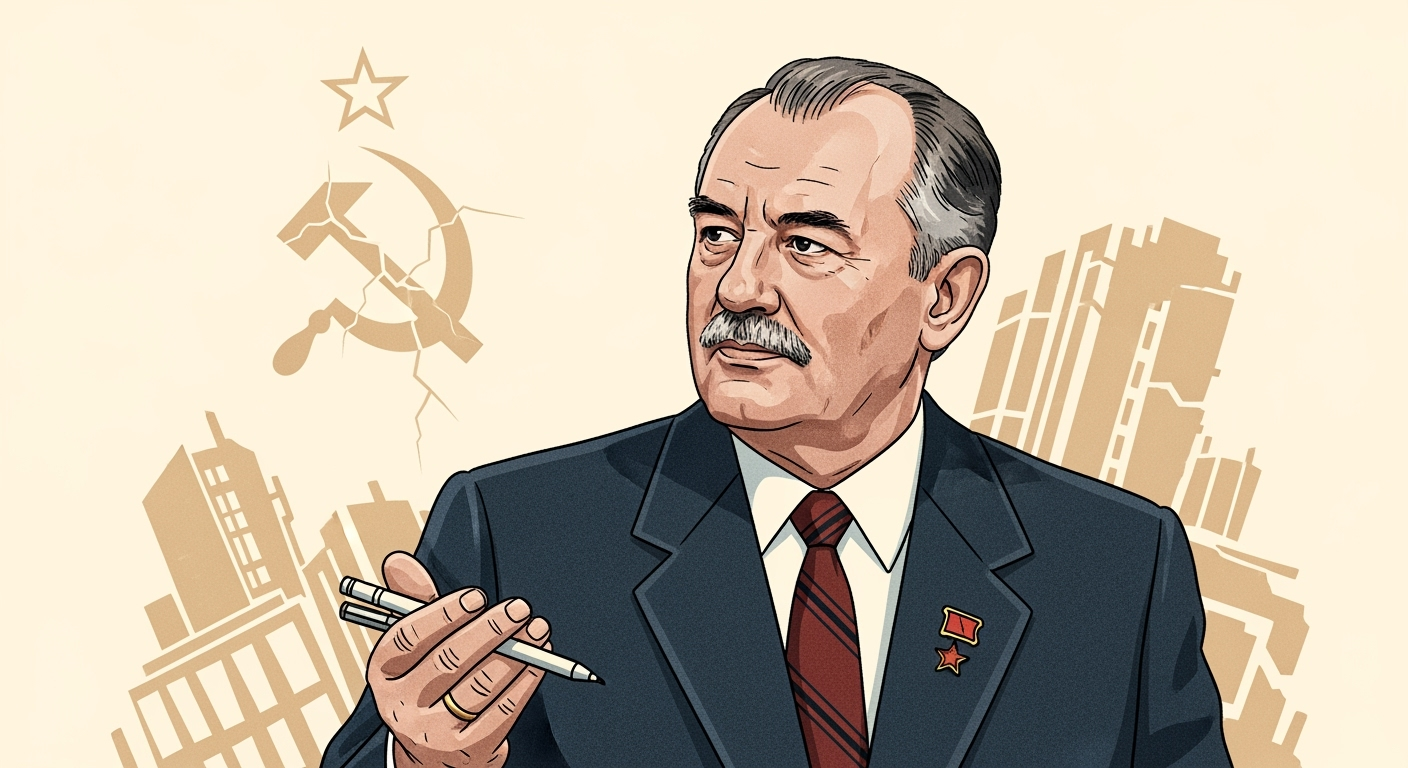
The Fall of the Berlin Wall
The ultimate symbol of the Cold War was the Berlin Wall, built in 1961 to prevent East Germans from fleeing to the West. It stood for nearly three decades as a concrete barrier dividing families, communities, and entire ideologies.
In 1989, mounting protests, economic decline, and international pressure forced East German authorities to relax travel restrictions. On November 9, crowds gathered at checkpoints, and border guards, overwhelmed and confused, allowed people to pass freely. Thousands climbed the wall, celebrated, and began tearing it down piece by piece.
The fall of the Berlin Wall marked the beginning of the end of the Cold War. Within two years, the Soviet Union itself dissolved, and the world entered a new era.
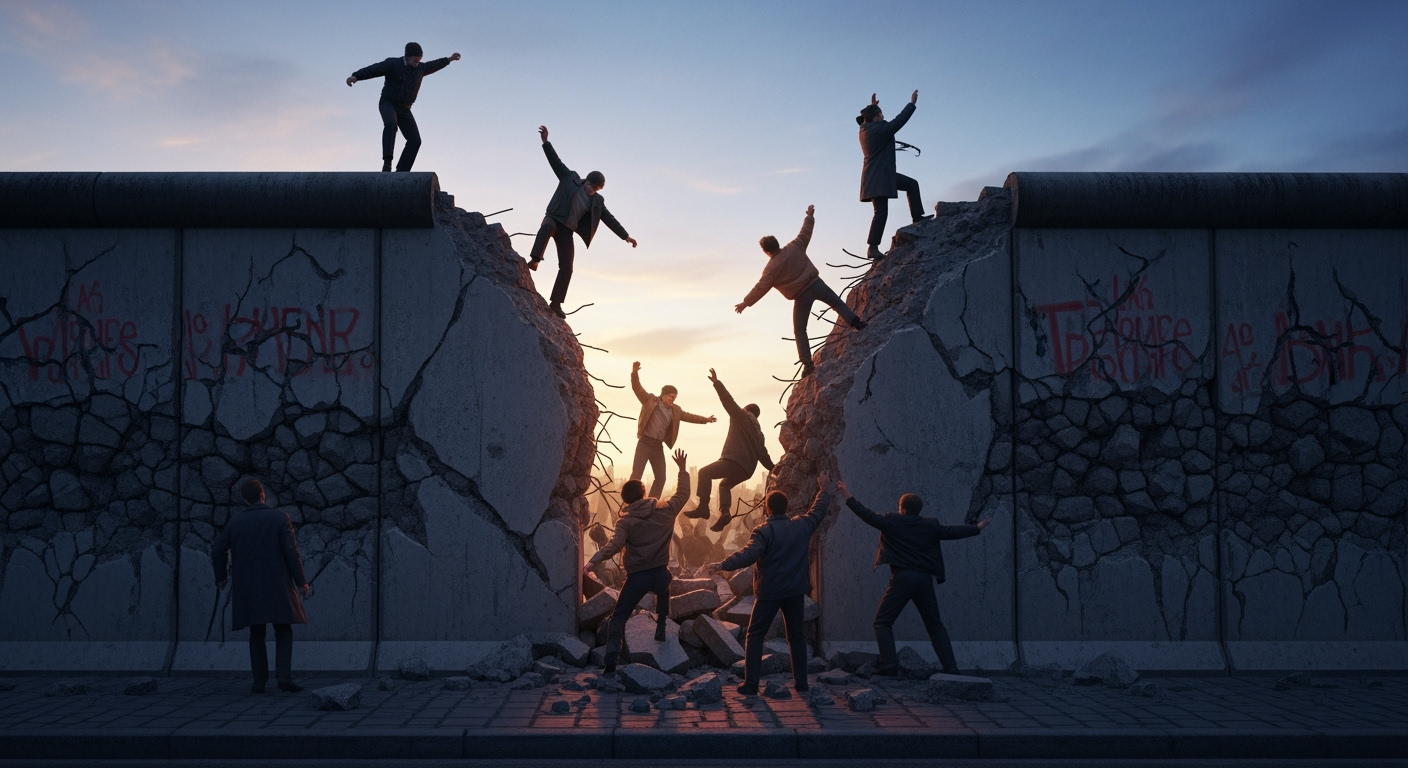
The Legacy of the Cold War
The Cold War reshaped global politics, economics, and culture. It led to technological advances from space exploration to computer science. It expanded international alliances such as NATO and the Warsaw Pact, some of which still influence geopolitics today. It also left scars, from proxy wars in Asia, Africa, and Latin America to the lingering threat of nuclear weapons.
Perhaps its most important legacy is the reminder of how close humanity came to catastrophe and how the determination of ordinary people, from Berliners chipping away at the Wall to Poles striking in shipyards, can alter the course of history.
The Cold War was not simply a contest between two superpowers. It was a drama that unfolded on every continent, in every household, and in the imagination of every person who lived under its shadow. From the daring flights of the Berlin Airlift to the joyful crowds dismantling the Berlin Wall, the story of the Cold War is one of struggle, resilience, and eventual triumph of hope over fear.
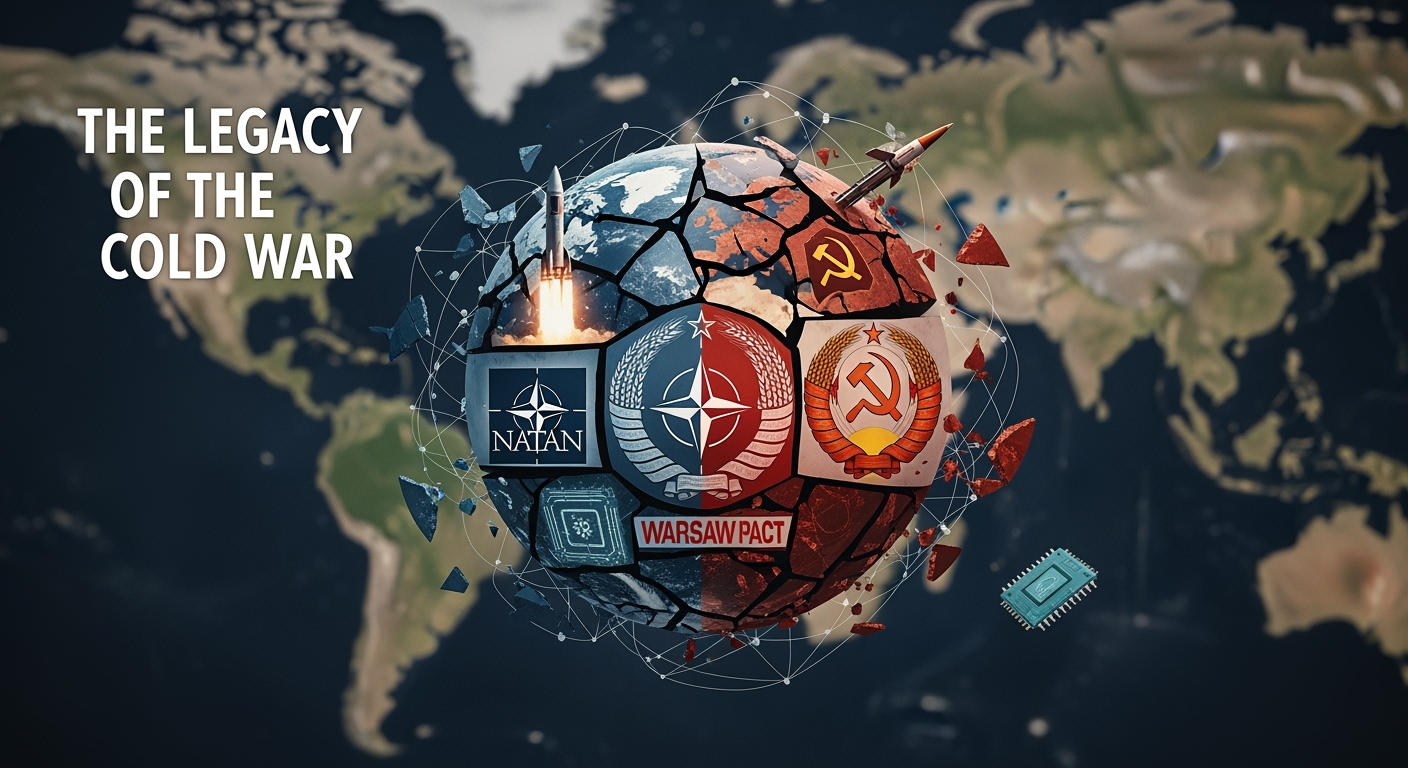
Disclaimer
This article is for educational and informational purposes only. While HistoryReveal.com strives for accuracy, historical interpretation may vary, and readers are encouraged to consult additional sources for deeper study.